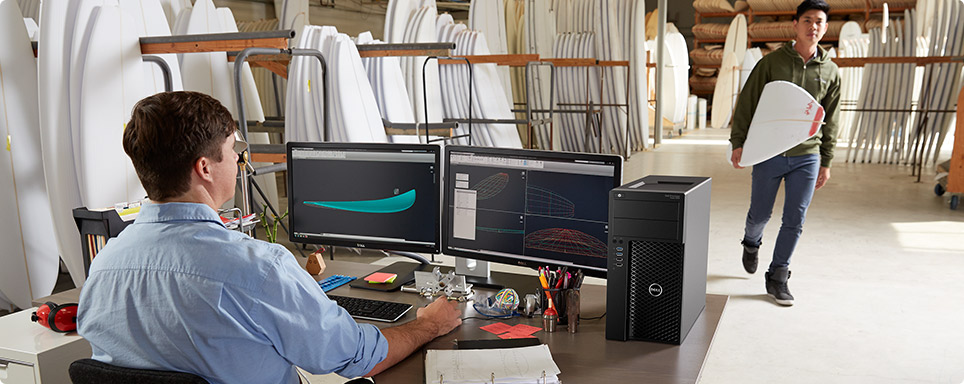
Deploying consistent, predictable storage performance across a large number of users is important to any enterprise, and arguably some of the most sensitive users in that installation are engineers’ workstations.
Engineering productivity is closely linked to system performance, and that optimizing for peak performance in a workstation delivers excellent return on the investment in terms of engineering time. While the CPU and GPU have traditionally tended to receive a lot of focus when deciding engineering workstation configurations, advances in storage performance and the variation in performance between entry and high-end solid state storage have begun to shift focus even more toward this subsystem.
While SSDs continue to push performance limits in the highest-end devices such as PCIe add-in cards, it is in the traditional SATA 2.5” form factor and the newer m.2 form factor where performance is both hotly contested and increasingly variegated across all the available models. While one might generalize that an m.2 NVMe SSD, on average, outperforms a 2.5” SSD of the same capacity, exceptions can be found depending on how you measure. More importantly, two different SSD models of the same capacity and form factor might show significantly different performance across many benchmarks.
This kind of variation may be a blessing to those inclined to research the latest SSD models and find the best price/performance balance for their needs, but for an enterprise workstation installation it may be more important to have consistent performance that meets a minimum performance criteria.
One way Dell is working to address the need for consistent, predictable storage performance for enterprise workstation customers is through a classification system based on measured drive performance. The system uses measured performance data across a diverse field of measurements, using a cluster analysis to identify performance requirements necessary for a drive to be classified as a “high performance” drive as opposed to a nominally performing drive. You can read more about Dell’s storage classification system here.